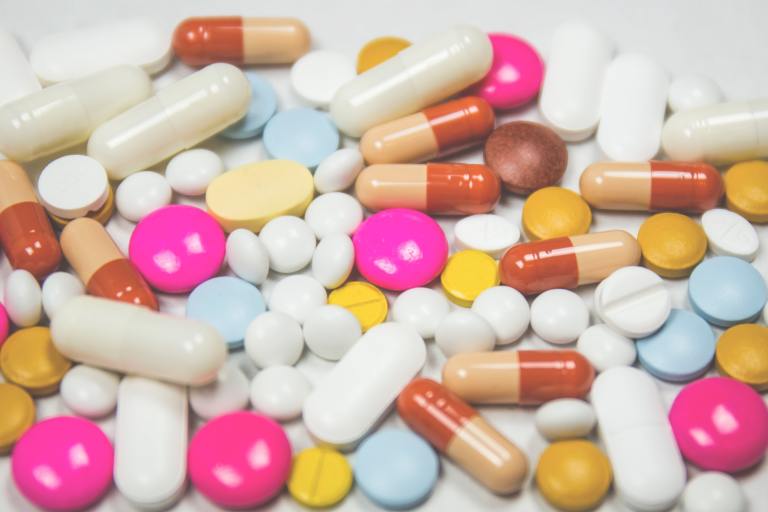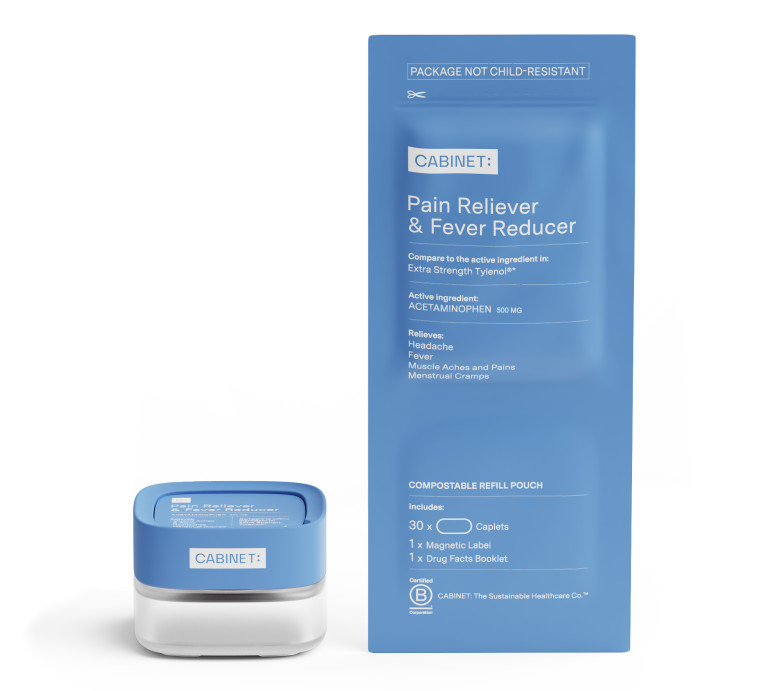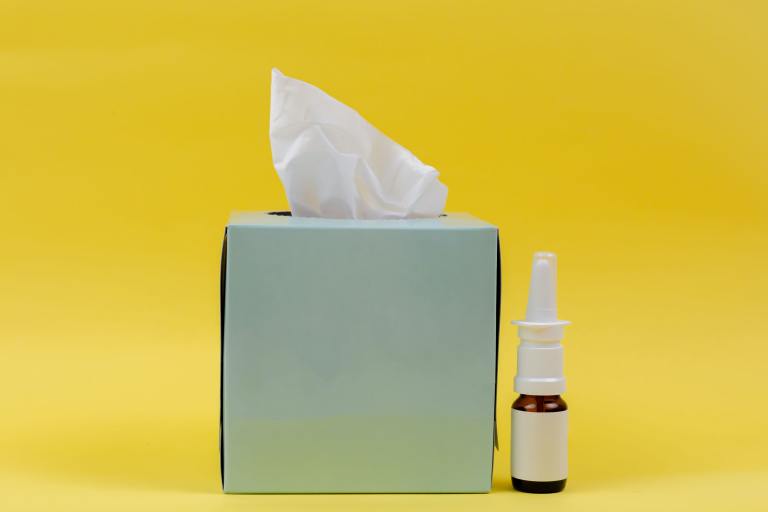What is acetaminophen?
If you’re reading this, it may be safe to assume you have taken acetaminophen before. But here is a refresher:
Acetaminophen is a medicine commonly used to relieve fever, minor aches and various types of pain (such as headache, muscle ache, back pain, menstrual cramps, and toothache). The exact way the drug works in the body is not well known. It may work by2 :
Decreasing the production of chemicals that cause inflammation, known as prostaglandins.
Altering perception of pain, so that more pain would have to develop before someone can feel it.
Act on the heat-regulating center of the brain (hypothalamus) to bring down a fever
How can acetaminophen cause toxicity?
Acetaminophen is generally considered to be safe and free from significant side effects—so no need to worry if you follow dosing instructions. On the other hand, too much acetaminophen can cause liver damage. Overdosing on this drug can cause build up of NAPQI3 , a toxic byproduct of the breakdown of acetaminophen that can damage the liver in high amounts.
Unfortunately, acetaminophen overdoses account for over 100,000 Poison Control Center calls each year. In fact, almost 50%4 of all acute liver failure cases are due to acetaminophen toxicity. A majority of these cases are unintentional overdoses. (Below is a pie chart detailing the common causes of acute liver failure in adults.)
How to prevent acetaminophen overdose?
Acetaminophen overdoses are almost always unintentional. It’s important to become informed of certain risks before taking acetaminophen, so you can relieve your pain safely! Here are some steps you can take:
Follow dosing instructions on medication labeling. Acetaminophen can come in doses of 325 or 500 mg, so similar looking products may have different directions. Medication labeling is a source of truth and it’s always recommended to read through the instructions on how to take a medication prior to using it.
For instance, adults and children over the age of 12 can take 1 to 2 tablets of Pain & Fever Relief (acetaminophen 500 mg) every 4 to 6 hours, with a max of 6 tablets a day.
Understand that children’s dosing is different. Pediatric dosing is very different from adult dosing. If you need to give your child acetaminophen for pain or fever, always purchase a children’s preparation of the medication. Ask your child’s doctor before administering acetaminophen, especially if your child is under 2 years old.
Be aware of the daily dose limit for acetaminophen. Some doctors think the daily amount of acetaminophen taken should be capped at 3,250 mg per day6 , but the absolute limit set by the FDA is 4,000 mg per day.
Watch out for other sources of acetaminophen. Acetaminophen is commonly combined with other non-prescription and prescription drugs. If you’re currently taking acetaminophen, you should avoid taking other medications that have the same active ingredient.
Some of these include: Pain Relief & Sleep Aid, Tension Headache Relief, Daytime Severe Cold & Flu, Percocet®, Vicodin®, Tylenol® products, Tylenol® with Codeine, Robitussin®, Dayquil®/Nyquil®, and Excedrin® Migraine.
Keep a daily log. If you have a pain regimen or ailment that requires multiple medications that contain acetaminophen, try keeping a daily log or tally to keep track of how much (in mg) you’ve consumed from all sources.
Call a Poison Control Center. In case of an overdose be sure to call a Poison Control Center (800-222-1222) right away! Acetylcysteine (NAC) is an effective antidote for acetaminophen toxicity, but should be given within 8 hours of ingestion7 .










